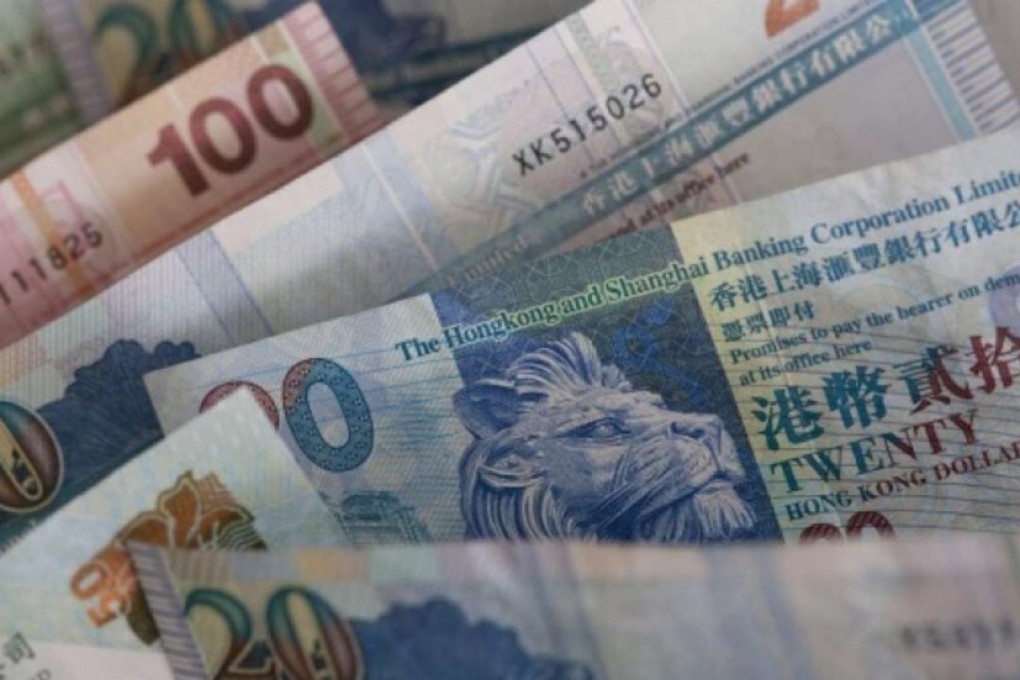Abacus | Troubled Hong Kong, China’s gateway to markets, could prove too costly
- Chinese money slips out through Hong Kong while the SAR shrinks as a piece of China’s GDP pie
- As long as the city remains open it will continue to be the pipeline to the dollar. How long before Beijing fixes the plumbing?

MONEY, MONEY, MONEY
Foreign governments are also starting to shift assets, as evidenced by the Americans putting their inventory of consulate staff quarters on the market. Then there are the Chinese investors who moved money out of mainland China and invested in Hong Kong, and who now worry about whether their investment is safe.
This is resulting in long-term net outflows of money from Hong Kong. Given that Hong Kong contains little more than cash, an easily accessible stock market that attracts short-term “hot money”, property and a dwindling port (the factories are long gone) – all assets which can be easily liquidated or shut down – the value can be easily transferred. Hong Kong residents aren’t as sticky as they used to be.
HONG KONG – THAT CLINKING CLANKING SOUND
